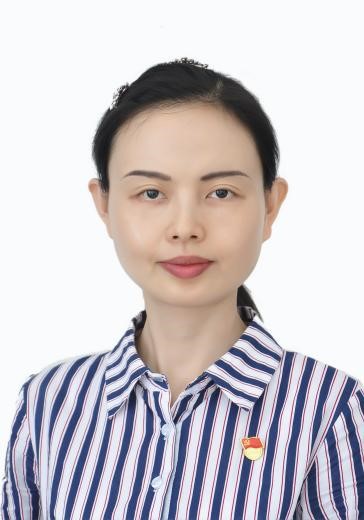研究方向
卢海燕长期致力于强关联电子体系计算方法研究镧系和锕系材料,挖掘材料电子结构-物理性能的底层关联,预言并阐释了多种奇异而丰富的量子现象,初步绘制了金属铈、铈基重费米子材料、金属钚和钚基化合物的f电子体系的统一物理图像。卢海燕以第一作者或通讯作者等在Sci. Adv.、J. Phys. Chem. Lett.、Phys. Rev. B等期刊发表论文20篇,共发表论文4余篇,引用600余次。先后主持国家自然科学面上项目、重点研发计划一级课题、国防基础科研核科学挑战专题子题、中物院院长基金自强项目和中物院统筹发展项目,并荣获省部级奖励1项,并多次受邀参加国内外学术交流。
主要研究方向:
(1) 强关联电子体系计算方法发展及其在镧系/锕系材料中的应用。
(2) f电子材料计算模拟。
(3) 材料高压结构预测和性能研究。
主要研究成果
主持国家自然科学基金青年科学基金项目、院统筹发展项目,参与国家重点研发计划项目、国家自然科学基金面上项目、国防基础科研核科学挑战专题等。
[1] Haiyan Lu* and Li Huang, Insights into correlated 5f electronic states in ASn3 (A=U, Np, Pu) intermetallics, Phys. Rev. B 108, 165109 (2023)
[2] Li Huang* and Haiyan Lu†, Collapse of quasiparticle multiplets and 5f itinerant-localized crossovers in cubic phase Pu3Ga, Phys. Rev. B 109, 205132 (2024)
[3] Haiyan Lu* and Li Huang, Temperature-driven 5f itinerant-localized crossover in the heavy-fermion compound PuIn3, Phys. Rev. B 103, 205134 (2021)
[4] Haiyan Lu* and Li Huang, Quasiparticle multiplets and 5f electronic correlation in prototypical plutonium borides, J. Phys.: Condens. Matter 34, 215601 (2022)
[5] Haiyan Lu* and Li Huang, Unraveling 5f correlated electronic states in paramagnetic PuSn3, J. Phys.: Condens. Matter 33, 435603 (2021)
[6] Haiyan Lu* and Qin Liu, Exploring the exotic f states of prototype compounds CeSb and USb, J. Phys.: Condens. Matter 32, 305502 (2020)
[7] Haiyan Lu and Li Huang*, Itinerant-localized crossover and orbital dependent correlations for 4f electrons in cerium-based ternary 122 compounds, Phys. Rev. B 98, 195102 (2018)
[8] Haiyan Lu and Li Huang*, Anomaly in the temperature-dependent electronic structure of the heavy-fermion compound CeB6: A theoretical investigation by means of a first-principles many-body approach, Phys. Rev. B 95, 155140 (2017)
[9] Haiyan Lu and Li Huang*, Pressure-driven 4f localized-itinerant crossover in heavy-fermion compound CeIn3: A first-principles many-body perspective, Phys. Rev. B 94, 075132 (2016)
[10] Yun Zhang and Haiyan Lu(coauthor) et al., Emergence of Kondo lattice behavior in a van der Waals itinerant ferromagnet, Fe3GeTe2, Sci. Adv. 4(1):eaao6791 (2018)


